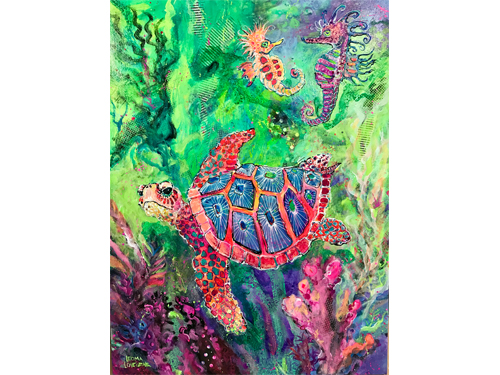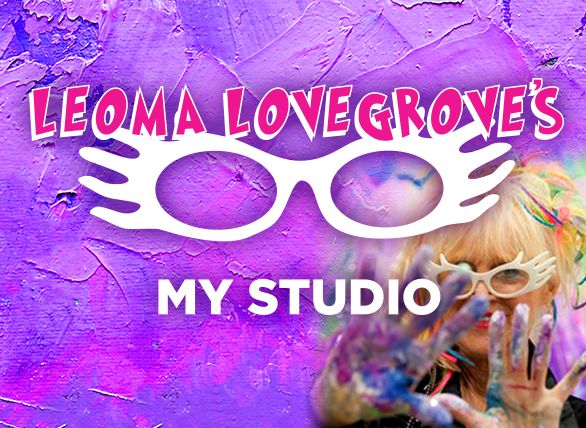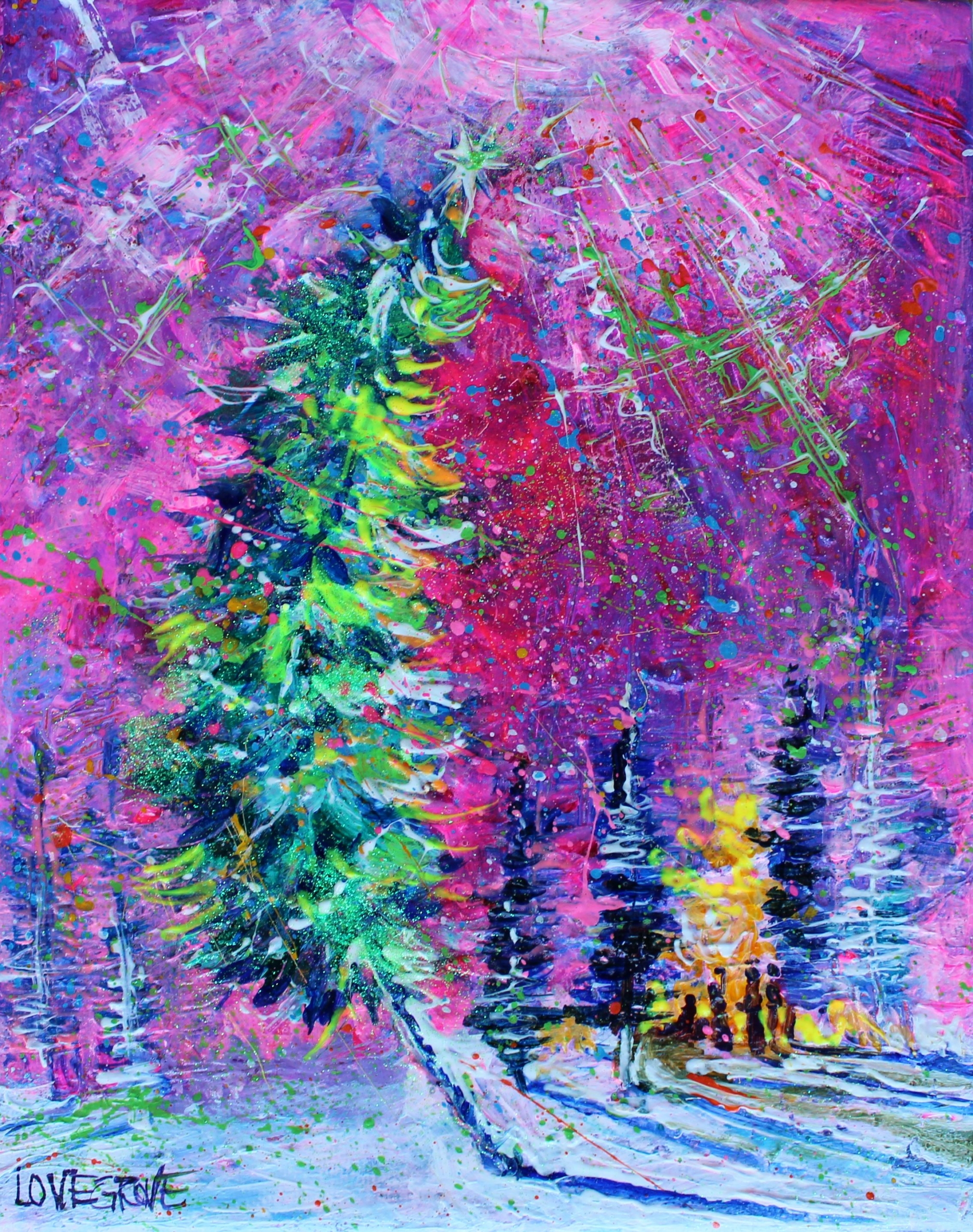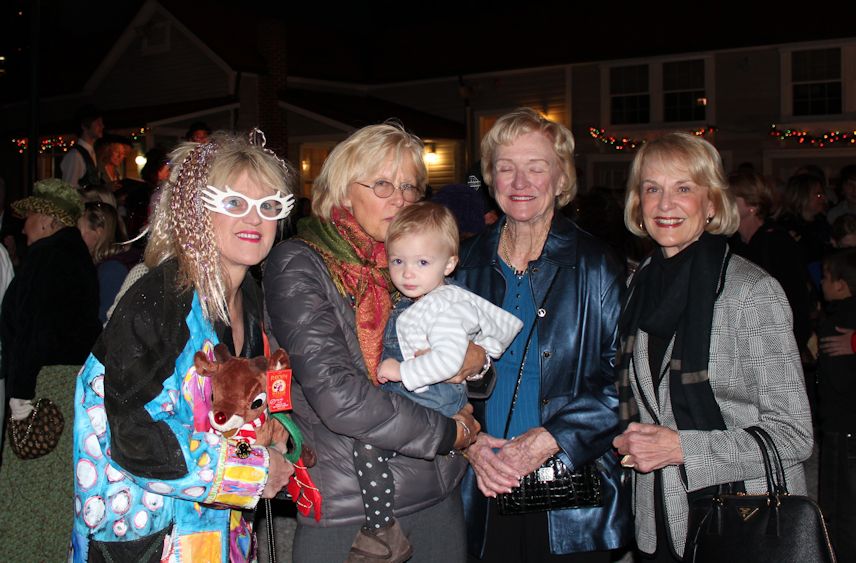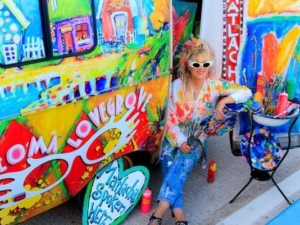 Yesterday I told you about my resolve to establish my art studio wherever I happen to be, and toward that end, I have developed a mobile paint box containing tubes of paint, brushes, knives and palettes. I have one for my bike, another for my car and others specifically designed for my favorite locations both here in Southwest Florida and in places like Giverny, France.
Yesterday I told you about my resolve to establish my art studio wherever I happen to be, and toward that end, I have developed a mobile paint box containing tubes of paint, brushes, knives and palettes. I have one for my bike, another for my car and others specifically designed for my favorite locations both here in Southwest Florida and in places like Giverny, France.
Painting outdoors is formally known in art circles as painting en plein air. And to be sure, it present many, many c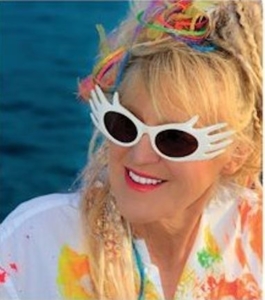 hallenges. You can’t dawdle or allow yourself to get distracted. Outside, motifs change by the second as clouds obscure the sun, the wind ruffles trees and ripples the once-placid waters of lakes and rivers, and people and wildlife move in and out of scenes. There’s no time to leisurely mix and match colors or apply pigments in layers or washes like realist painters do.
hallenges. You can’t dawdle or allow yourself to get distracted. Outside, motifs change by the second as clouds obscure the sun, the wind ruffles trees and ripples the once-placid waters of lakes and rivers, and people and wildlife move in and out of scenes. There’s no time to leisurely mix and match colors or apply pigments in layers or washes like realist painters do.
But as I said yesterday, I’m not interested in capturing the minute details of the subjects I paint. Rather, I’m interested in presenting my impression of and visceral response to what I’m putting on canvas. It’s a slapdash approach that focuses on the overall composition rather than its individual components.
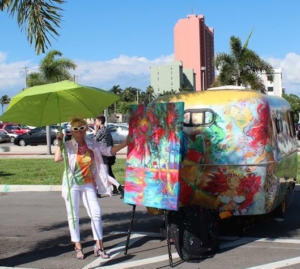 As you read this, it might sound like I’m having to adapt my technique and process in order to transition from painting inside a studio to painting en plein air. But that’s not it. What underscores all impressionist painting is embracing a different way of seeing the world and expressing that in art.
As you read this, it might sound like I’m having to adapt my technique and process in order to transition from painting inside a studio to painting en plein air. But that’s not it. What underscores all impressionist painting is embracing a different way of seeing the world and expressing that in art.
In our heads, we associate different things with specific shapes, forms and colors. A horse has a barrel body, four slender legs, a cylindrical neck, a triangular snout and ears. But when you see a horse in the distance or running in a herd of mustangs, your eye cannot actually focus on all those components simultaneously. You see some parts of the horse i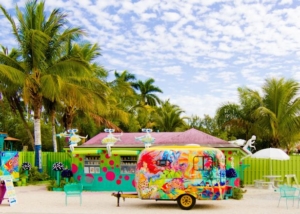 n detail; the rest is a blur which your mind fills in for you because you “know” they’re there.
n detail; the rest is a blur which your mind fills in for you because you “know” they’re there.
Impressionists paint the blurs and let the viewers’ minds fill in the impressions we’ve suggested.
But in the studio, there’s a tendency – maybe even a temptation – to add more detail than you’d actually see in nature. So abandoning the studio in favor of outdoor locations actually encourages a truer, more a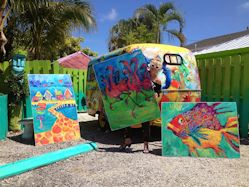 uthentic rendering of the subjects I paint. And I’m just as excited about that as I am about not being cooped up inside for hours, days and weeks at a time – not to mention the adventure and spontaneity that comes with painting en plein air.
uthentic rendering of the subjects I paint. And I’m just as excited about that as I am about not being cooped up inside for hours, days and weeks at a time – not to mention the adventure and spontaneity that comes with painting en plein air.
